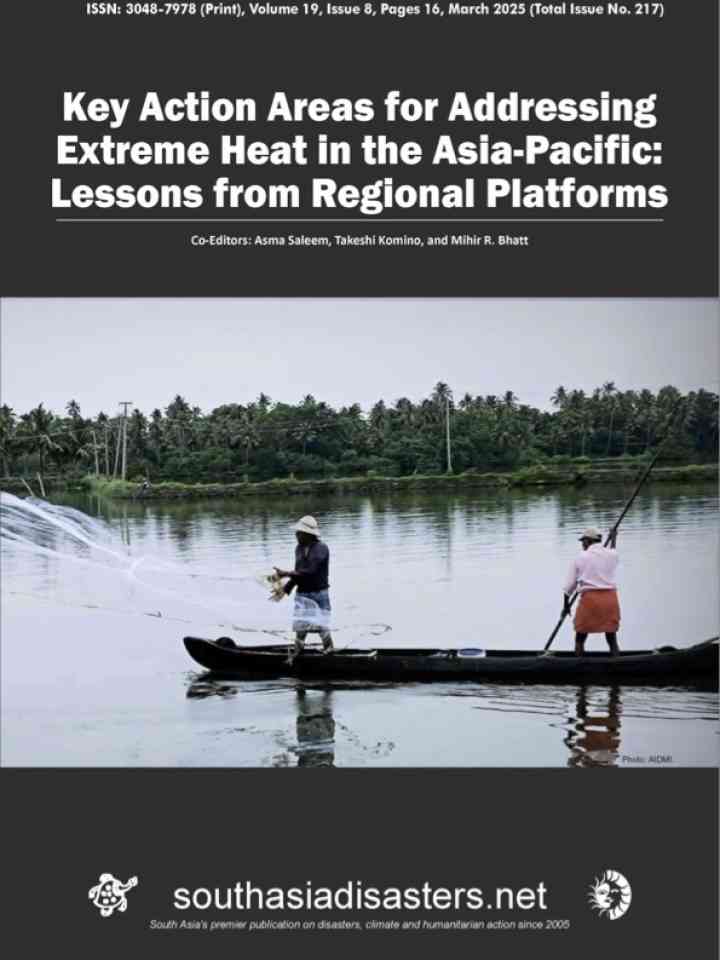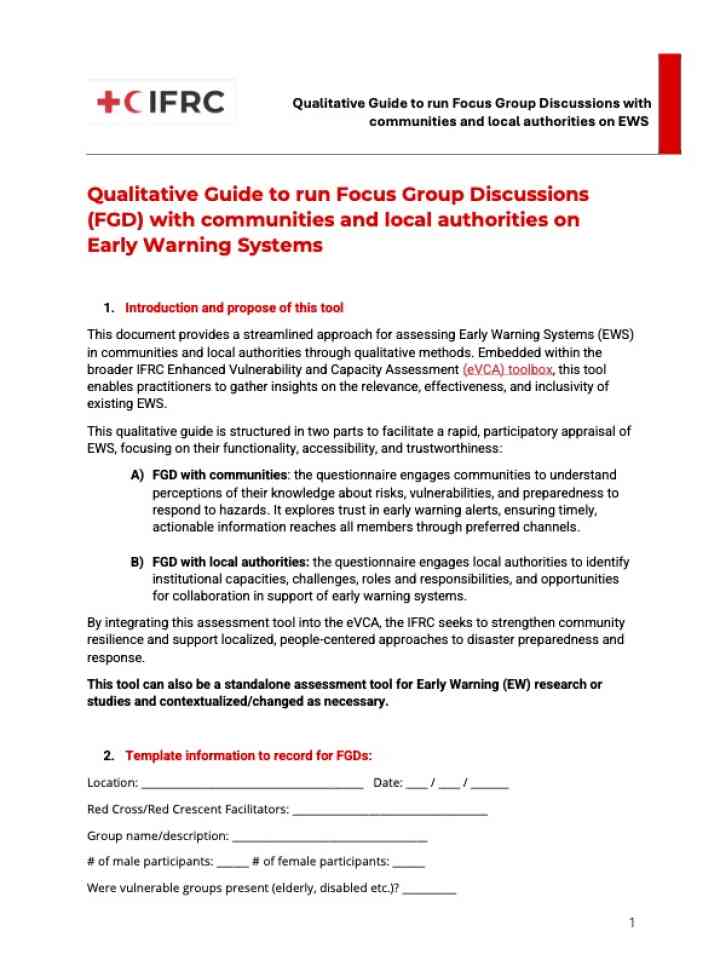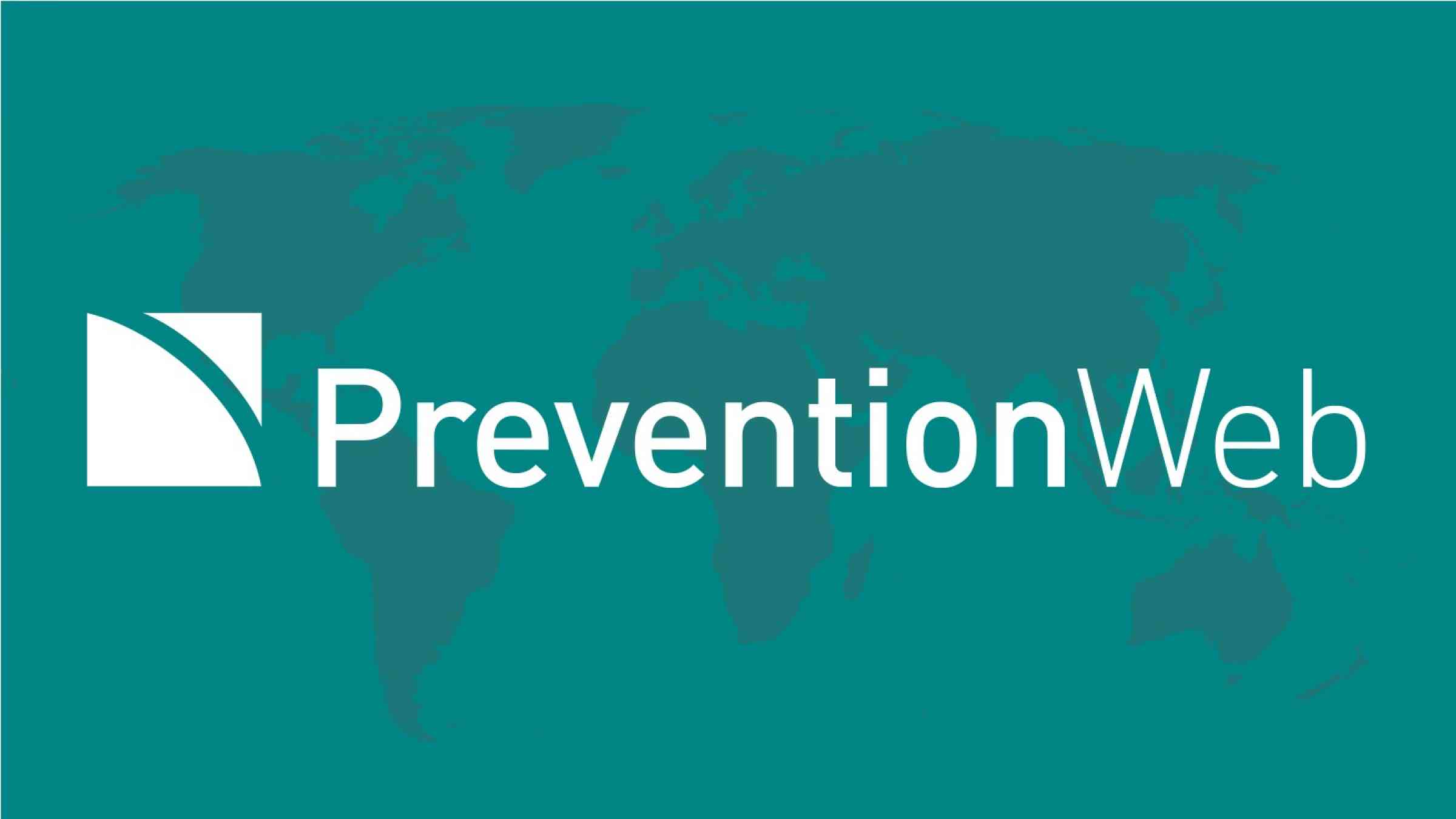Community-based DRR
This approach engages the local community, including the most vulnerable, in managing local disaster risk with community specific risk reduction measures while recognizing existing capacities and coping mechanisms. This includes community assessments of hazards, vulnerabilities and capacities, and their involvement in planning, implementation, monitoring and evaluation of local action for disaster risk reduction. Community-based DRR is a key disaster risk management approach.







